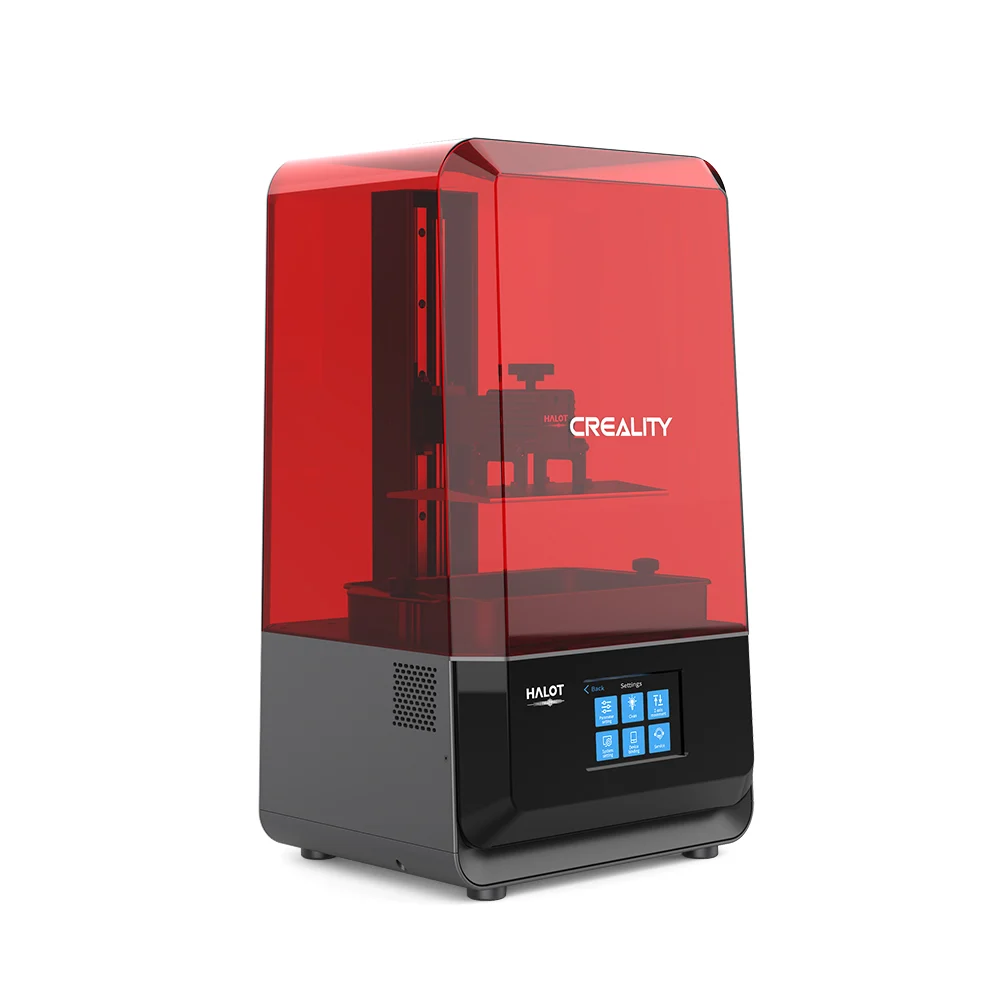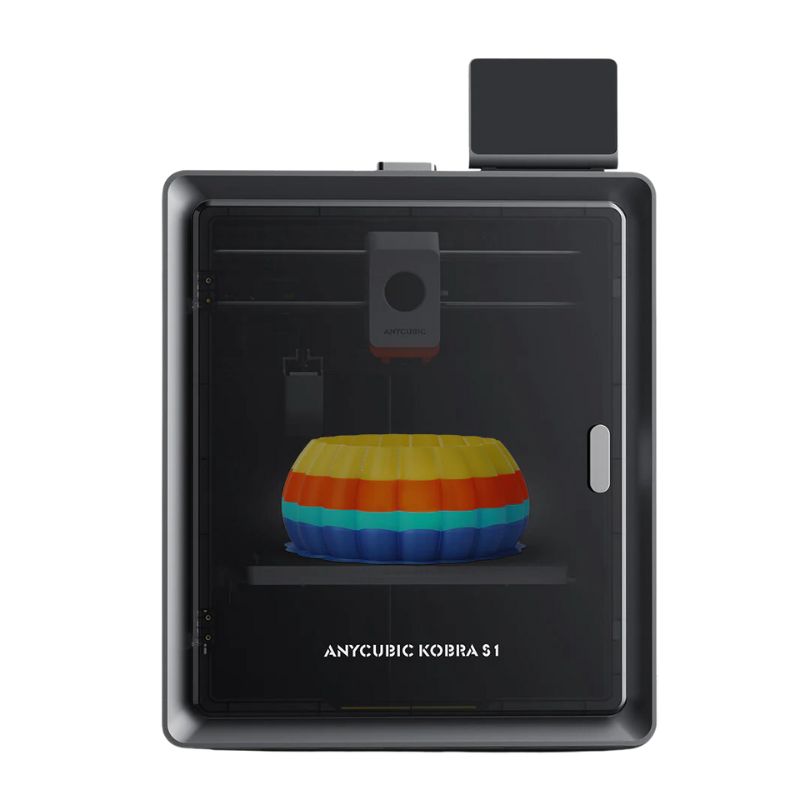Compare Halot Lite vs Kobra S1 Combo
Comparison between the best 3D printers
Choose the best 3D printer at the best price. The cheapest 3D printers are here.
Buy a 3D printer here with 3D Fila.
 |
 |
|
| Model | Halot Lite |
Kobra S1 Combo[BUY Kobra S1 Combo] |
| Printing Material | Resin | Filament |
| Buy Resin for Creality 3D Halot Lite | Buy Filament forAnycubic Kobra S1 Combo | |
| Estimated price | $400,00 | $599,00 |
| Manufacturer | Creality 3D | Anycubic |
| Release Year | 2021 | 2025 |
| Print Volume [mm] | 192x120x200 | 250x250x250 |
| Printer Size [mm] | 330x301x572 | 400x410x490 |
| Weight [kg] | 10,6 | 18 |
| Power Loss Recovery | NO | YES |
| Maximum Resolution [mm] | 0,01 | 0,01 |
| Processor | ||
| Display | Display touchscreen 5'' | Touchscreen 4,3'' |
| Power Supply | ||
| Connectivity | SD / USB | USB, Wifi |
| Operating systems | Windows, Mac, Linux | Windows, Linux e Macbook |
| Date of registration in the system | 2022-11-04 | 2025-02-25 |
| Release date | 2021 | 2025 |
| Extra features | Crealitys Halot Lite printer stands out in the mid-size resin 3D printing segment, with a build volume of 192 x 120 x 200 mm and 50 micron resolution. It offers a monochrome LCD for fast and durable printing, and an upgraded light source that ensures over 80% uniformity across the print bed. It includes Wi-Fi connectivity for remote control and updates, an ARM Cortex CPU for efficient performance, and is compatible with Halot Box and Lychee slicing software. It also has an activated carbon filter to reduce odors. | The Anycubic Kobra S1 Combo is a fully enclosed CoreXY 3D printer with speeds up to 600mm/s and 20,000mm/s² acceleration. It features a 320°C hotend, native multicolor printing (4 to 8 colors with ACE Pro), and active filament drying. Equipped with LeviQ 3.0 auto-leveling, camera monitoring, AI failure detection, carbon filtration, and a 4.3 touchscreen, it ensures high-quality, efficient, and reliable 3D printing. |
| Support for multiple colors and materials (AMS and CFS) | NO | YES |
Notes * |
||
| Cost-benefit | 8 / 10 | 7 / 10 |
| Hardware | 1.2 / 10 | 8 / 10 |
| Tela | . | . |
| Print volume | 3 / 10 | 3 / 10 |
| Performance | 9 / 10 | 5 / 10 |
| [BUY Kobra S1 Combo] |
Conclusion |
| In comparing the Creality 3D Halot Lite and the Anycubic Kobra S1 Combo, several key factors emerge that can guide a potential buyer’s decision based on their specific needs and budget. **Printing Technology and Material**: The Halot Lite utilizes resin printing, offering a maximum resolution of 0.01 mm, which is ideal for detailed and intricate prints. In contrast, the Kobra S1 Combo operates with filament, providing versatility in handling a range of materials and supporting multicolor printing options. **Build Volume and Size**: The Kobra S1 Combo has a significantly larger print volume (250x250x250 mm) compared to the Halot Lite (192x120x200 mm), making it more suitable for larger projects. However, it also comes with a larger physical footprint and increased weight. **Price and Value**: While the Halot Lite is more budget-friendly, its lower cost is coupled with a more limited functionality. The Kobra S1 Combo, albeit pricier, offers advanced features like auto-leveling, high-speed printing capabilities, and connectivity options like Wi-Fi, positioning it as a more robust choice for users focused on performance and ease of use. **Recovery Features and Usability**: The Kobra S1 Combo includes power loss recovery, which can protect against interruptions during prints — a feature not available in the Halot Lite. Both printers support major operating systems and have touchscreen displays, although the Kobra S1’s display is slightly smaller. **Final Recommendation**: Ultimately, the choice between these two printers hinges on the intended applications and user priorities. For hobbyists who require high-detail prints with a constrained budget, the Halot Lite presents a compelling option. Conversely, those seeking versatility, efficiency, and advanced features at a higher investment will find the Kobra S1 Combo to be a superior choice. Thus, careful consideration of print size, material type, and feature set relative to budget will guide the selection of the optimal printer. |

